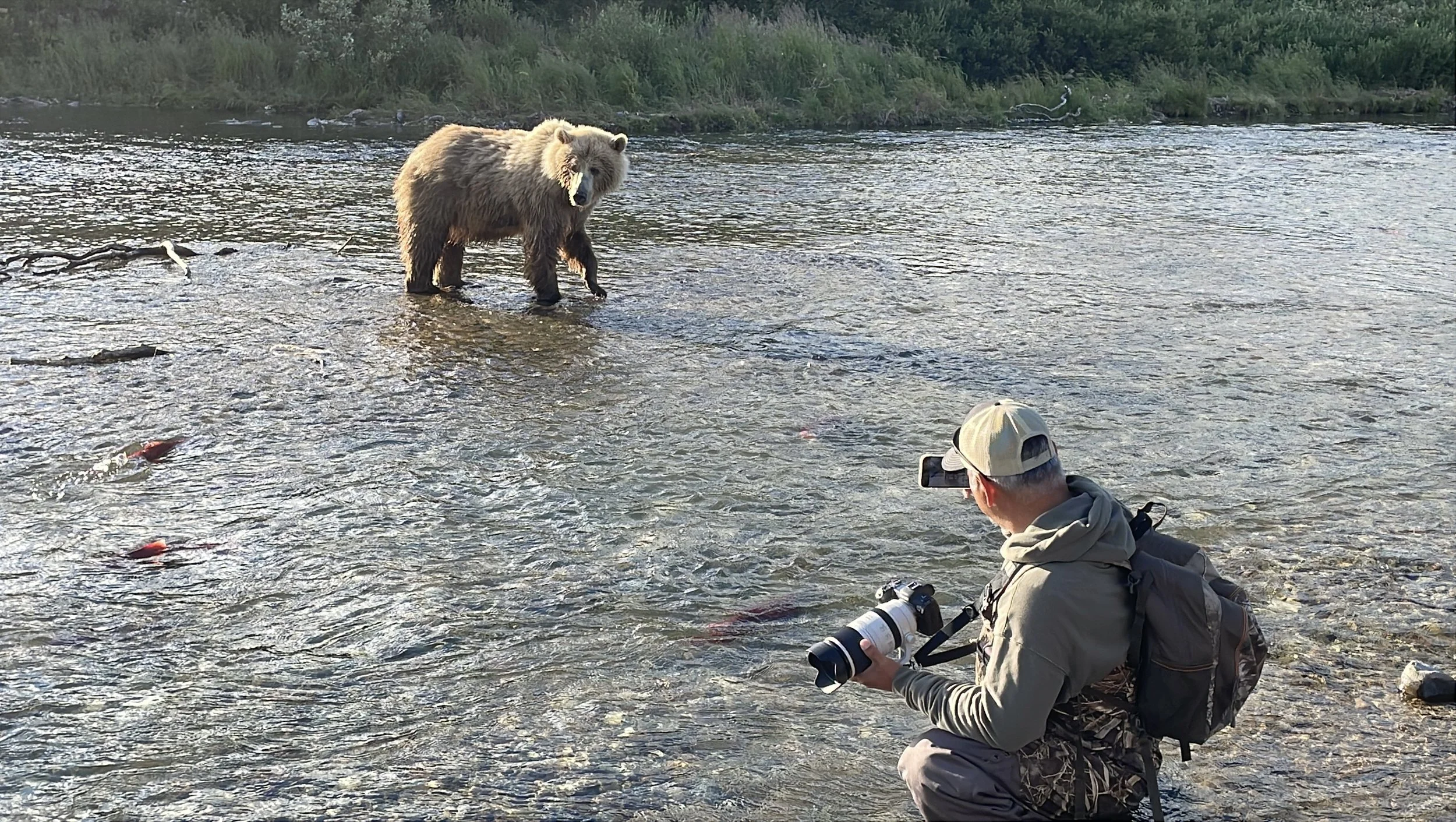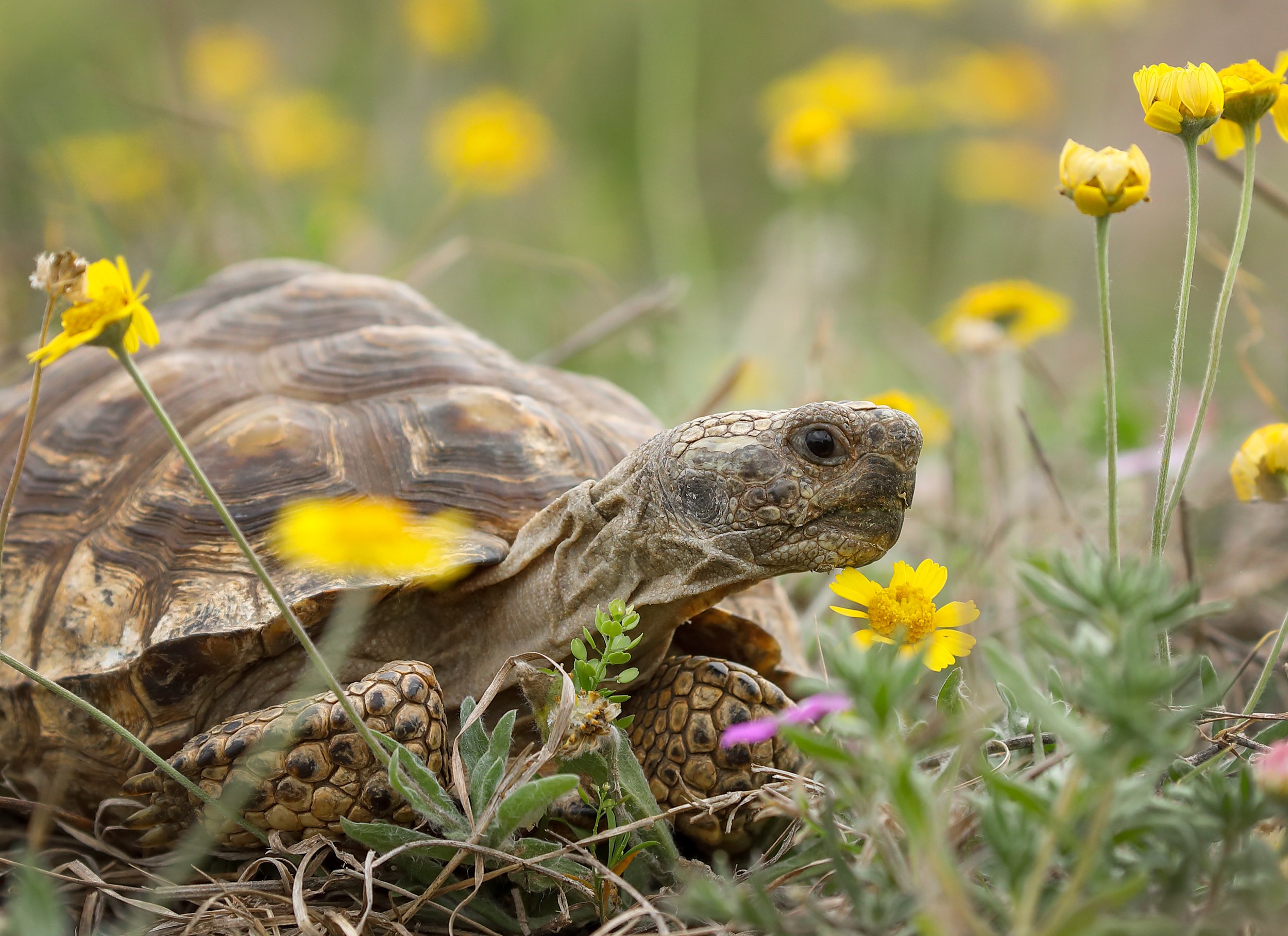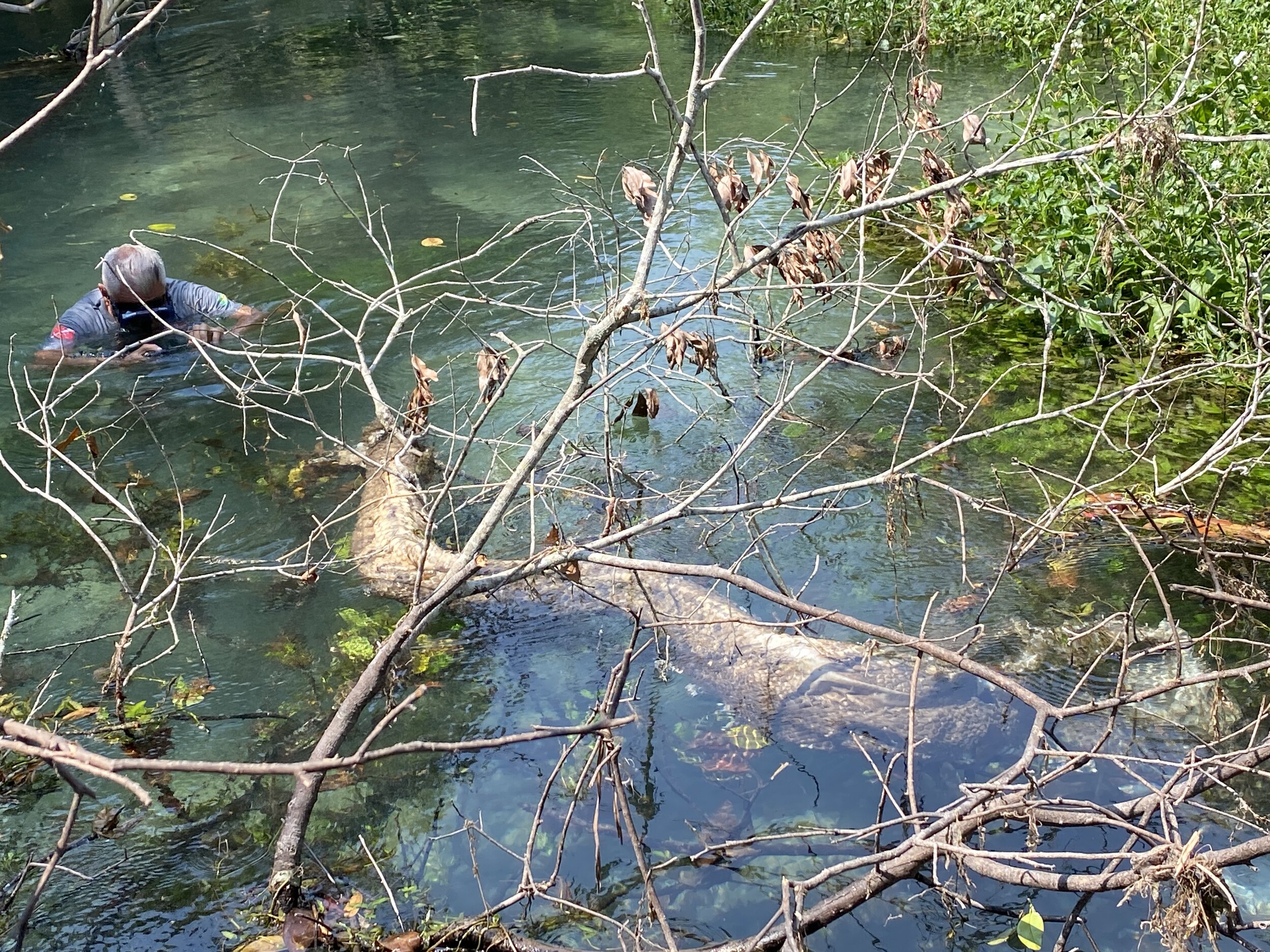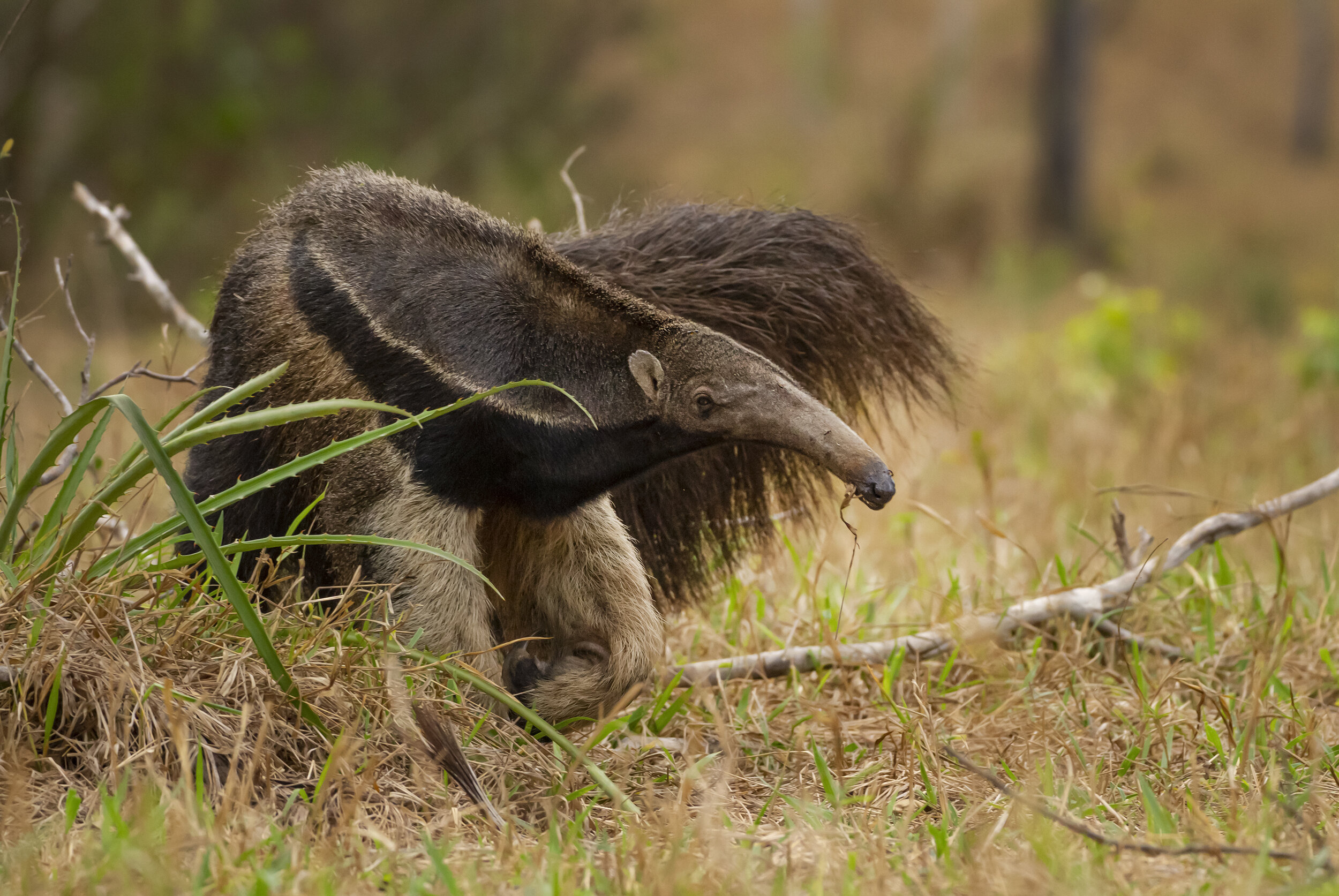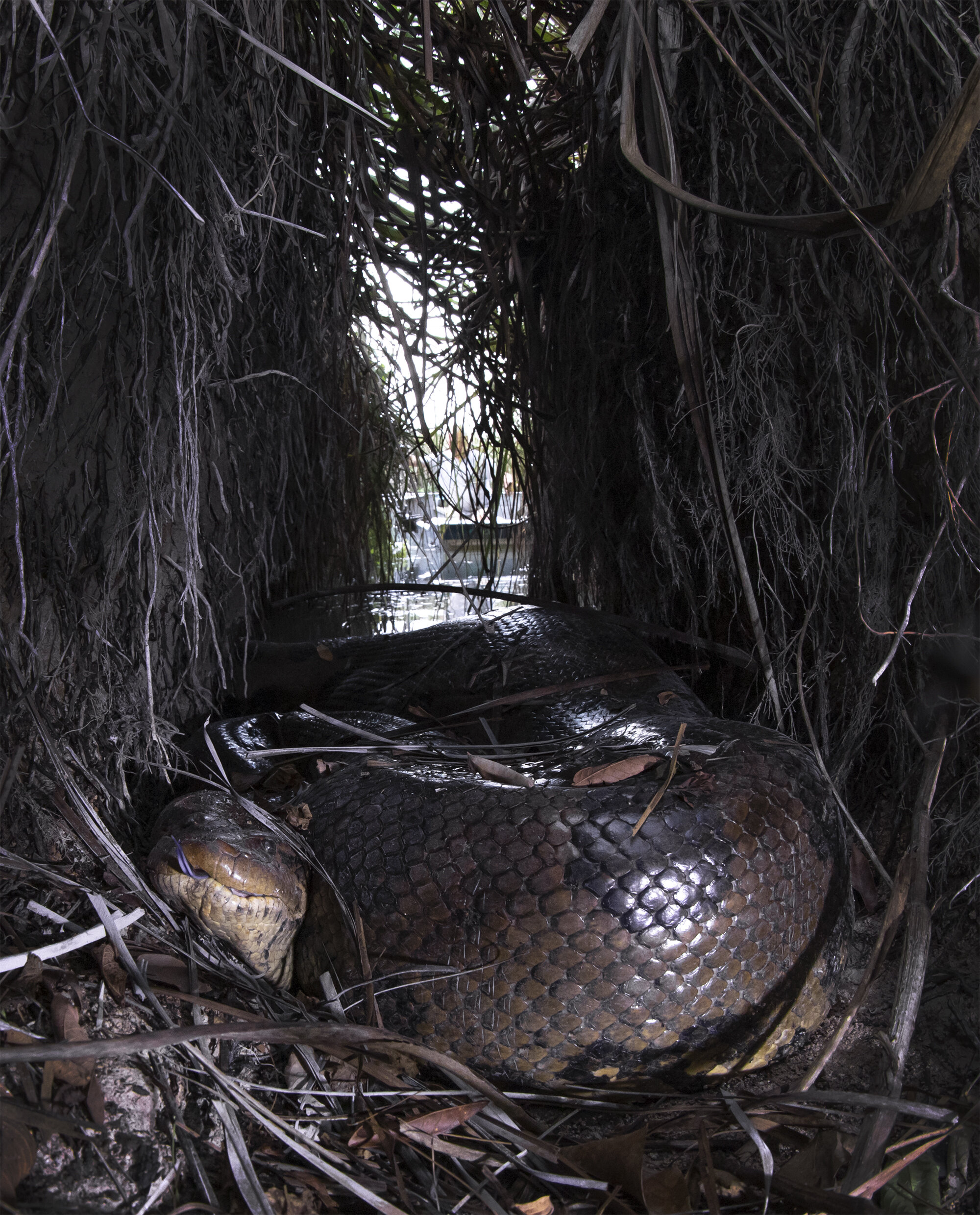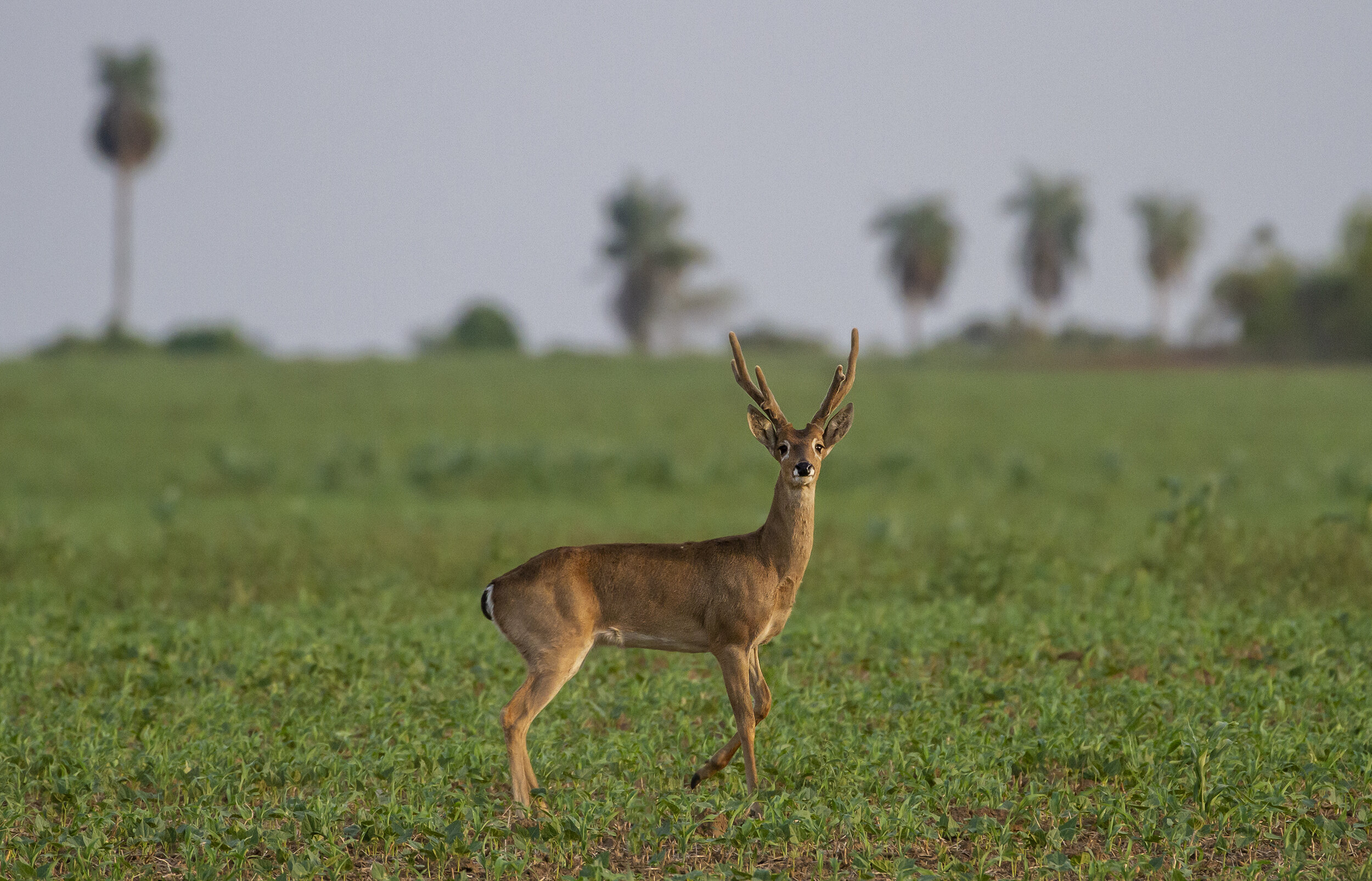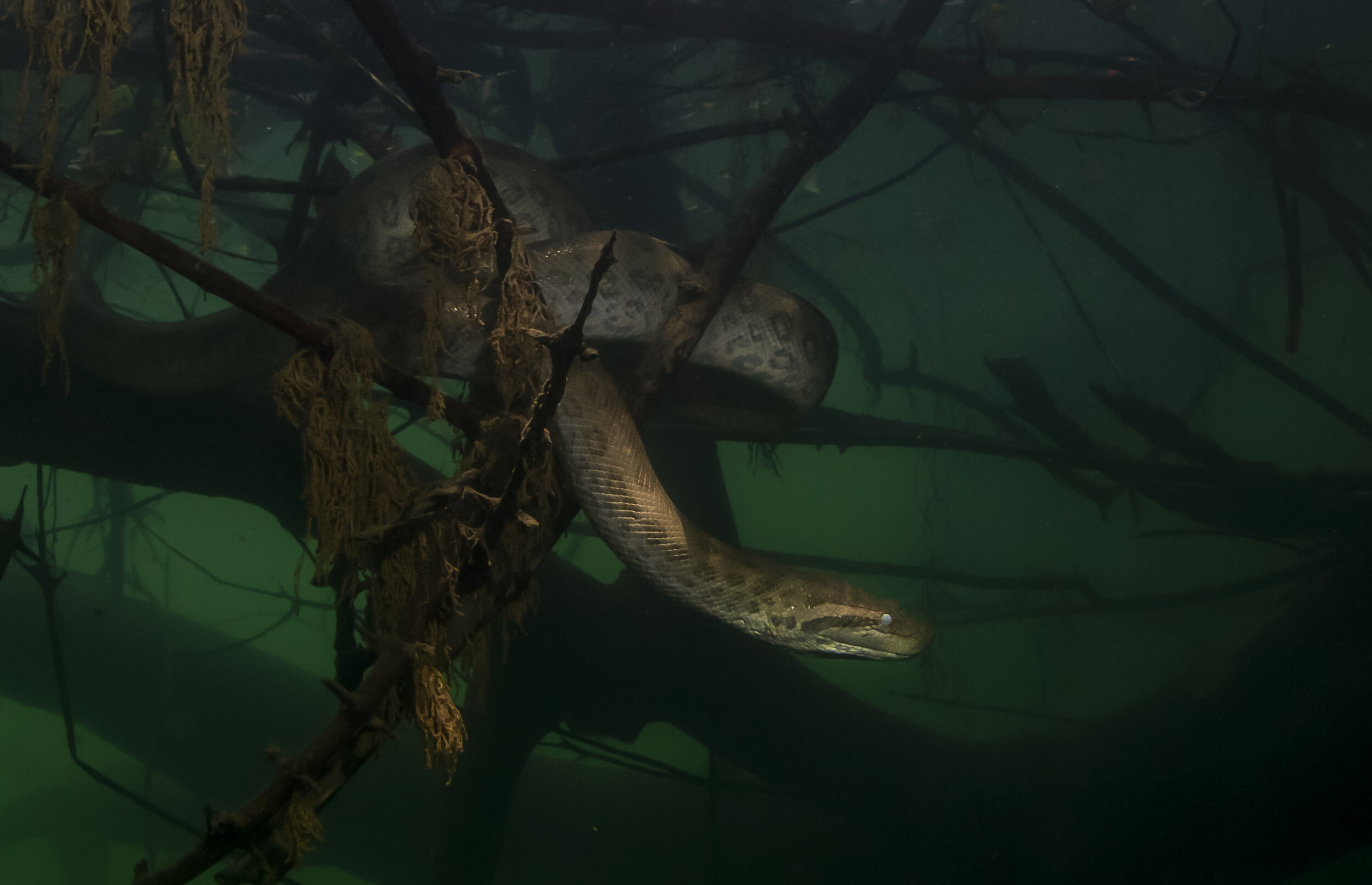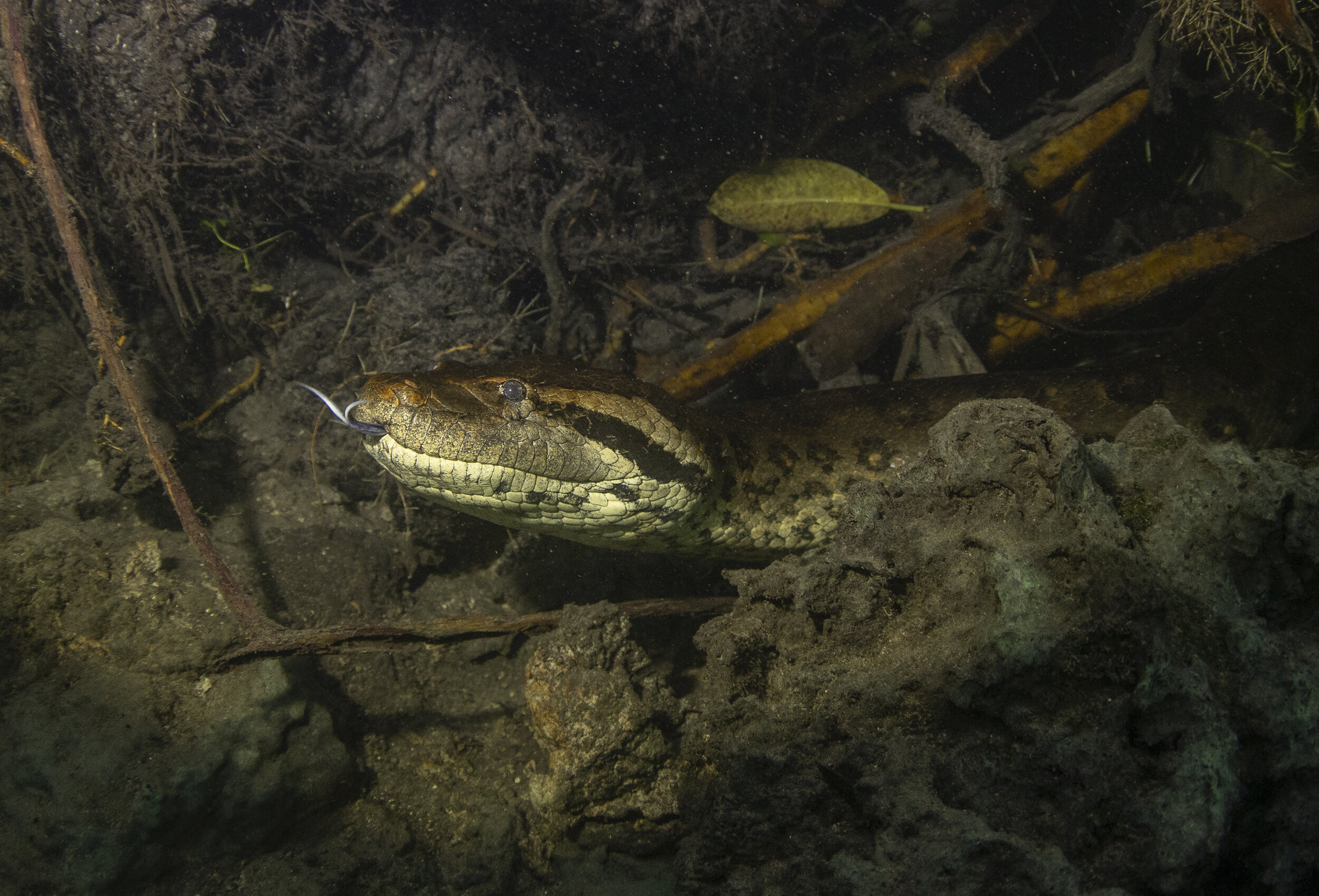1/250, f/9, ISO 1600
Today’s photo takes me back to an unforgettable cenote dive in Tulum, Mexico. I had the opportunity to go searching for a Morelet’s crocodile with a local guide and friend Tamara, who knew just the right spot where one of these elusive creatures is often sighted.
What made this dive unique was being able to use scuba gear. Typically, my crocodile encounters happen while snorkeling, but here I had the rare chance to explore the lagoon with a tank on my back. Cenote diving is an adventure in itself, with stunning swim-throughs, intricate rock formations, and the magical effect of light piercing through the water to create ethereal god rays.
We swam through the cenote for a while without any sign of the crocodile.
Just as we were beginning to think it might not show, we entered one of the cenote’s caves. Deep inside, in a small breathing hole, we finally spotted the croc. It seemed to be hiding there to escape the crowds of snorkeling tourists.
1/250, f/9, ISO 1600
Our bubbles inadvertently disturbed its rest, (sorry buddy), and it swam out of the cave and back into the lagoon. I followed it for a while, capturing different angles as it swam off. This Morelet’s crocodile was very calm, clearly habituated to humans. It allowed me to get close and take some fun shots.
I love crocodiles, their prehistoric features make them such fascinating and photogenic subjects.
1/200, f/9, ISO 1600
Photographing Morelet’s crocodiles in a cenote presents a unique challenge—low light, murky water, and the need for precision in settings. Unlike shooting in open ocean or bright sunlit environments, cenotes create a dim, shadowy atmosphere where every camera setting becomes a delicate balancing act.
One of the biggest obstacles was managing light without sacrificing clarity. The thick overhead canopy and deep water columns absorbed natural light, forcing me to make critical adjustments on the fly.
To compensate for the darkness, I had to lower my shutter speed while still keeping it fast enough to freeze any sudden movement. Bumping up my ISO was unavoidable, knowing that noise would creep into the image, but it was a necessary trade-off to maintain exposure.
I kept my f-stop at 9 to ensure the entire crocodile remained in focus. A wider aperture would have helped let in more light, but losing depth of field wasn’t an option. I wanted the full length of the animal sharp.
This meant dealing with increased noise in the shadows, a challenge that would later require noise reduction editing in post. But in that moment, it was about getting the shot, adjusting in real-time, and working with the limited natural light.
Photographing a predator like this in such conditions forces you to trust your instincts, adapt your settings, and embrace the imperfections that come with shooting in extreme environments.
1/200, f/9, ISO 1600
I spent about half an hour photographing the croc, enjoying the animal and the scenery before leaving it alone to continue its day.
It’s been a while since that adventure, but I’m due to return for another opportunity to capture this amazing animal in its natural habitat. Cenote diving is a unique experience, and sharing space with an animal like this only adds to the magic.

